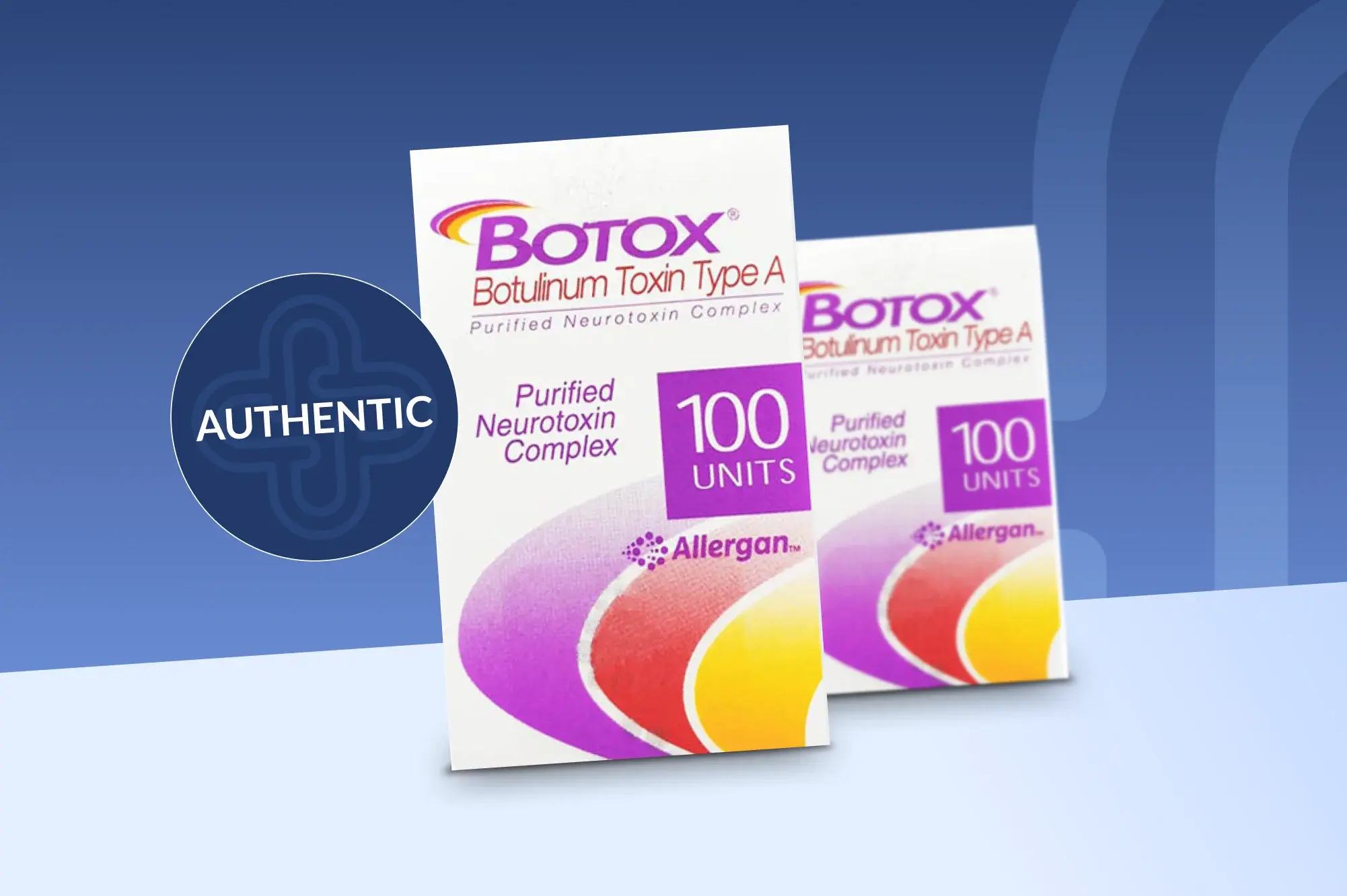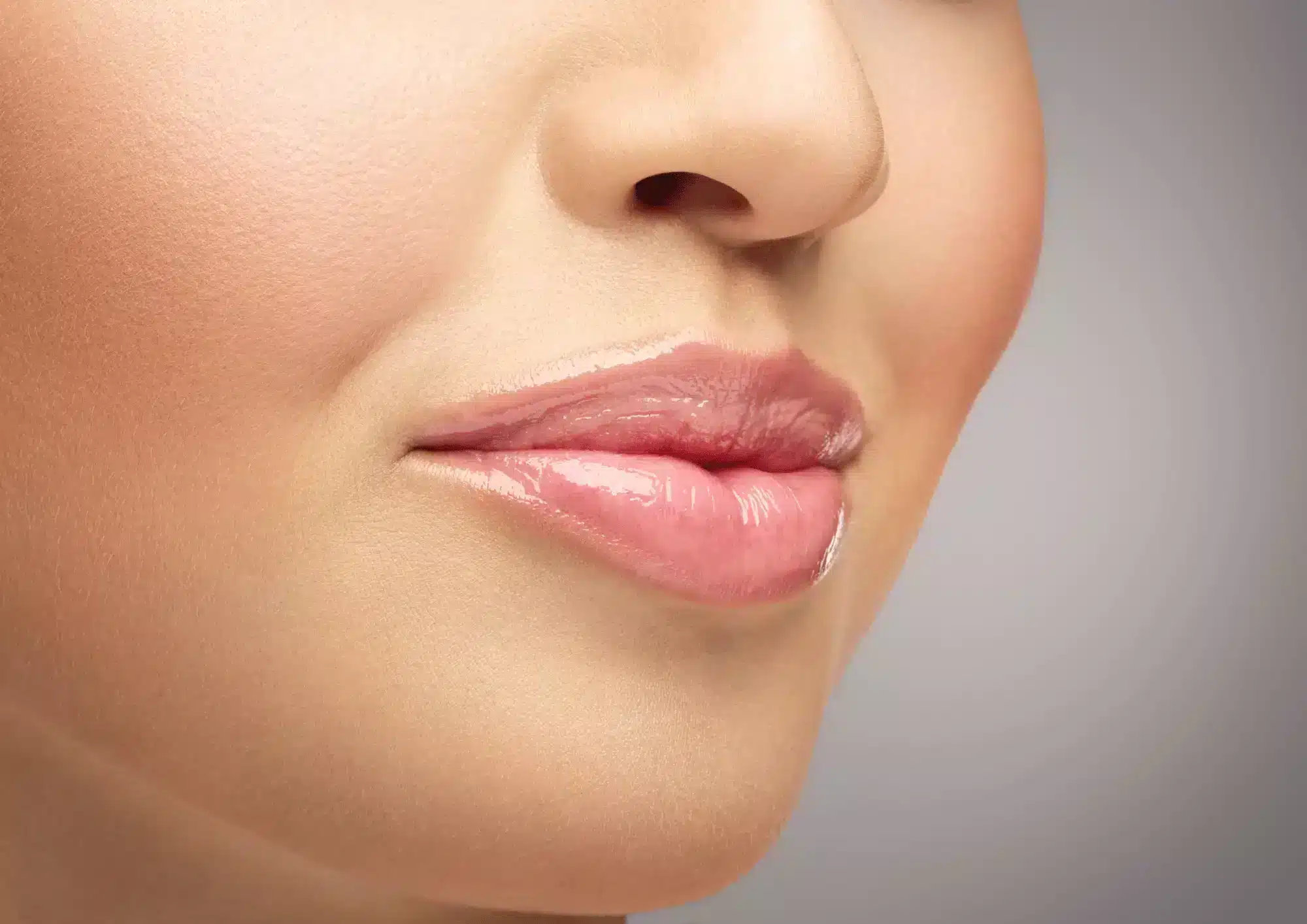What is Juvederm, and how does it differ from Bellafill?
Juvederm is a brand of hyaluronic acid-based dermal fillers that are manufactured by Allergan. There are two main lines of Juvederm fillers: Hylacross and Vycross. The Hylacross line includes a variety of designed to correct various concerns, such as thin lips, nasolabial folds, marionette lines, and volume loss. They are produced to have a high cohesivity in order to increase their lifting capabilities. Vycross fillers, on the other hand, include Juvederm Voluma, Vollure, and Volbella. This product line is different mainly due to its moldability, which is enhanced by a lower cohesivity compared to the Hylacross line. The indications of the Vycross products are specific to each model, but there are some overlaps in between. Treatments with Juvederm can cost around $750 or more.
Bellafill, also known as ArteFill, is the only FDA-approved non-resorbable implant that is currently available in the commercial market. The main indications are the correction of the nasolabial folds and acne scars in individuals 21 years old and above. It is made of polymethylmethacrylate (PMMA) microspheres and bovine collagen that is suspended in a solution containing 3.5% bovine collagen and 0.3% lidocaine, a local anesthetic agent that reduces the pain of the injection process. Due to its bovine collagen content, requires skin testing before injection to exclude patients with any hypersensitive reactions. Treatments with Bellafill can cost up to $4,000.
Overall, Bellafill and Juvederm are different products with different indications. Bellafill is more suited towards patients that can accept the risks of side effects from the PMMA beads and bovine collagen while wanting a more long-term solution. Juvederm fillers typically last for about six to 12 months, while Bellafill can last up to five years. However, Juvederm is considered a safer product, as practitioners can use hyaluronidase injections to solve any misplaced filler, inadvertent intravascular injection(s), or granuloma issues.
Similarities between Bellafill and Juvederm
It is true that the differences between the two products are far greater than the similarities, however, the most prominent and important similarity is that these fillers both are used to correct and reverse the signs of aging. Both these fillers on occasion are used for other indications, including but not limited to, the correction of acne scars.
Additionally, these fillers, equally, are contraindicated for similar patient groups, such as those with active infections or rashes.
Lastly, treatment with either filler is usually conducted in under an hour.
Which filler should I get?
The safety and efficacy of Juvederm fillers has been consistently proven in relevant medical literature, and they are among the most top performing hyaluronic acid dermal fillers available on the market. An example of convincing evidence regarding their use comes from a multicenter, double-blinded, randomized trial conducted in 2006 where bovine collagen and Juvederm Ultra and Ultra Plus were compared. In the study, the Juvederm fillers lasted longer in patients treated for nasolabial folds and had a comparable side effect profile with bovine collagen in terms of local site injection reactions.
Practitioners in general are less likely to recommend Bellafill, as its history of reformulations, name changes, and varied manufacturers has harmed its reputation in respect to product safety. However, there is a growing body of evidence that supports its use; one such piece of evidence is a five-year follow-up evaluation of patients that were treated with Bellafill in a pivotal FDA clinical trial. About 95% of the patients were satisfied with the long-term correction results, and any delayed side effects, such as lumpiness or granuloma formation, were uncommon. When they did occur, they were easily treatable.
When choosing between either filler, you may not have a choice. If you have a skin test completed and you are hypersensitive to Bellafill, Juvederm is your next best option. When deciding between these fillers, talk to a licensed injector.








